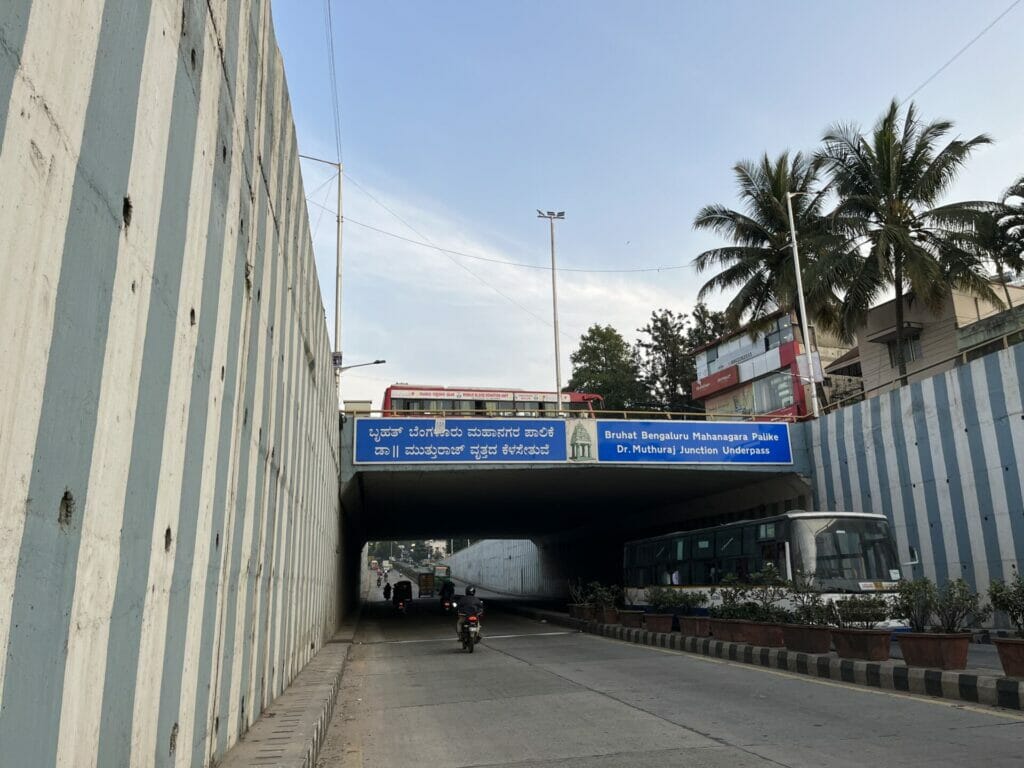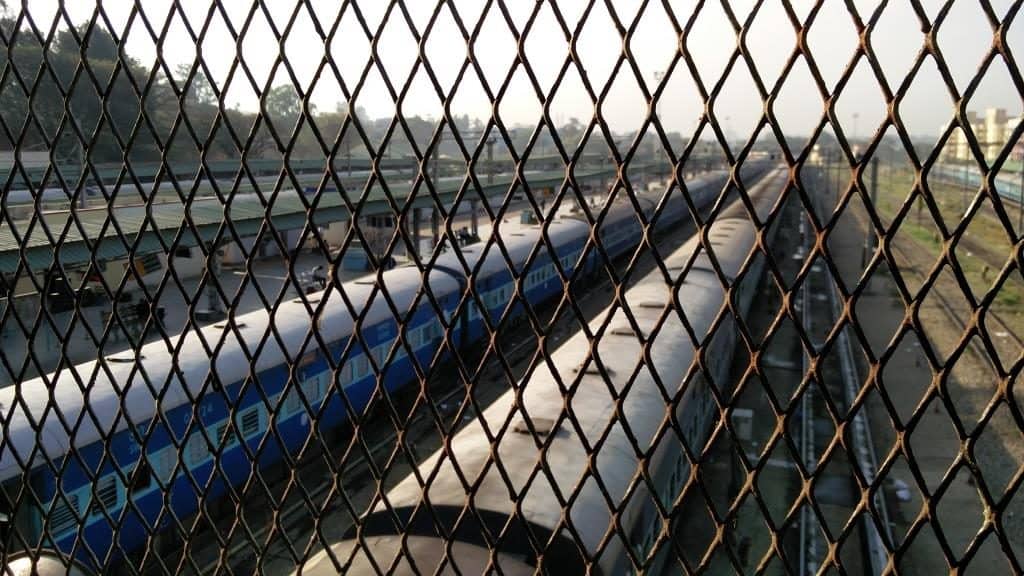Deputy chief minister, DK Shivakumar, has shown serious intent to tackle the city’s various issues. The Brand Bengaluru campaign and appointing committees to study and make recommendations are in the right direction. However, the unilateral announcement of the Tunnel Road Project, which bypasses institutional city planning mechanisms, needs to be examined and criticised.
The project aims to ease traffic congestion at an estimated cost of Rs 50,000 crore, but how scientific and data-driven is the decision-making process behind it?
The importance of due process
If the Tunnel Road Project does not take into consideration the points mentioned below, then its announcement is a complete disregard for due process.
a. Status of Revised Master Plan: The RMP is a primary long-term, publicly available planning document. Future projects must align with it. We have not moved beyond the RMP (Revised Master Plan) 2015, which was prepared between 2003 and 2007. The next edition, RMP 2031, was scrapped by the erstwhile BJP Government in mid-2020. BDA, which is tasked with the RMP, has not yet published the latest version, which now carries the tag RMP 2041.
Currently, RMP 2041 is not ready and public consultation on it has not even begun. The government should prioritise this.
b. Status of the Comprehensive Mobility Plan: For transportation and mobility, there is the Comprehensive Mobility Plan (CMP). The recent version of this plan was prepared by the Bengaluru Metro Rail Corporation (BMRCL) sometime in January 2020.
It is currently under the purview of the Directorate of Urban Land Transport (DULT). The CMP should in principle be prepared by the BMLTA and not the BMRCL. In fact, the BMRCL was compelled to take the initiative since funding mandated the existence of a CMP.
c. What happened to BMLTA? Since 2006, the Unified Metropolitan Transport Development Authority (UMTA) has been mandated by the National Urban Transport Policy (NUTP).
However, it wasn’t until December 2022, that the city got the Bengaluru Metropolitan Land and Transport Authority (BMLTA). However, instead of the BMLTA being fully autonomous, it has been placed under DULT. The BMLTA is the apex authority responsible for preparing, implementing, and monitoring all transport-related projects.
It is not clear if the BMLTA has a proper and adequate budget to carry out its mandate.
Environmental implications
The project should also take into consideration the vision statement of the National Policy Framework .
It highlights the focus on “ease of living” and “sustainable environment”. The core principles includes the term “people centric” and prioritises citizens over projects in the proposed approach. It also talks about the importance of data-driven governance, which supports evidence-based decision-making and the preparation of Master Plans.
Also, environmental sustainability is recognised as a key element of sustainable urbanisation. This requires a long-term vision and a concerted policy framework. None of our planning documents seems to have explicit statements on the above points.
Climate change is one of the biggest threats to humankind, and therefore, most planning and transport policies are formulated around it. Extreme weather events leading to many catastrophes must be taken into account. Bengaluru, too, has witnessed frequent flooding, resulting in loss of lives and destruction of property. Therefore, the key question is whether the Tunnel Road Project considers all the above guidelines and concerns.

Read more: Govt seeks public opinion for Brand Bengaluru, but citizens in the dark
Alternatives to Tunnel Roads
South Korea, a nation at the forefront of engineering and technology, could not prevent flooding of tunnel roads that resulted in several deaths. In that case, what are the alternatives to the Tunnel Project? Has this been examined thoroughly and the reasons stated explicitly in the public domain?
The alternatives must also be seen in light of the estimated cost of Rs. 50,000 crore of the Tunnel Road. Here are some suggestions on what else can be done with such a large budget:
- Footpaths and cycling paths for all of Bengaluru
- More BMTC buses
- Speeding up the Suburban Rail project
- More Metro lines
- Green Belts in and around Bengaluru
In a democratic framework and through institutional mechanisms, these are all relevant questions which experts grapple with. Clearly, the announcement misses these points.

What is the role we seek for the Minister of Bengaluru?
It is unrealistic to expect the concerned Minister to be an expert on the subject. Surely, there are enough resources available on matters specific to planning and execution. What citizens can ask is, what is the Minister’s vision? as this serves as the basis for future course of action.
Globally elected representatives, like mayors, governors etc., have done just that and cities like London, Paris, and New York are great examples of how a clear vision shapes urban planning.
Vision statements should be stated clearly and precisely. Below are some examples that are modelled on what has been adopted by some of the cities mentioned:
- Bengaluru will adopt sustainable planning based on climate change and pandemic resilience
- We will make Bengaluru greener and increase green spaces from the current 3% to about 10% by 2028
- Bengaluru will be walkable and cycle-friendly by 2028
- Bengaluru will become water secure by 2028
- Share of public transport will be increased to 80% by 2028
Vision statements are powerful as it gives a sense of an overall direction and are great drivers of the planning process. It also helps in holding relevant authorities accountable. Also, these statements reflect people’s aspirations. This is exactly what long-term planning is all about.
Read more: Bengaluru’s committees and vision groups prioritise elite aspirations: Prof. KC Smitha
As citizens, we can see how this is reflected in the various publicly available planning documents, such as the RMP and the CMP. This approach gives prime importance to institutional mechanisms and eliminates any perception that the Government shows favouritism towards specific projects.
Considering all these factors, we would request the Bengaluru development minister to initiate due process involving the BMLTA and the CMP and wait for the finalisation of the much-awaited RMP 2041. This will not only establish a precedent but also serve as an example that the Government is committed to following due process that is already in place.
25yrs Dr Ravindra who was bmrda chief invited public opinion on how to impr blr infra n was forwarded to gok but gok has.not done n this is based on reply recd frm him n hv also carried an art in DH when he became chief secy n now what is the need to hv suggestions for brand bengaluru
Fix basic infrastructure first, clear footpaths, install traffic lights,fix roads, it’s not rocket science…
A tunnel may or may not have its merit but most certainly Bangalore is never going to be ready. When namma Bangalore cannot lay roads on time, can’t maintain its roads including preventing flooding, can’t pay vendors on time and importantly cannot prevent traffic flowing in opposite direction thinking of building a tunnel could result in disastrous consequences for the residents.
I endorse generally the views expressed.Iam not in favour of increasing Bus transport system.I have a feeling that they occupy too much of road space.we should have a hub and spoke system with the hub buses will have a circular route.Also in the vision we should add that road fatalities will be progressively reduced and brought to international standards.It is also observed that two wheelers are burgeoning indicative of growth of service industry.we should plan exclusive roads.In future all metro lines elevated are underground should have three tiers with one exclusively for two wheelers.Also sky walks to say 4km should be built from.metro stations for pedestrians and cyclists.om the model of Airport walk ways to the gates.
You are bang right that due process of consultation and scientific evaluation is a must when such a huge outlay is needed.One Minister’s decision can’t be imposed. In fact many of the decisions of this Govt including the so called Guarantee Schemes betray lack of forethought, consultation and economic appraisals of such schemes/ projects to arrive at value for money cost effective solutions and appraisals of opportunity costs.
Such a foolish idea for this tunnel roads..The main issue is congestion of traffic in and around Majestic and Raj Bhavan signal and KG Road all because of concentration of all key offices,courts, major markets. If this can be decongested city will be fine. Make JC Road two way…